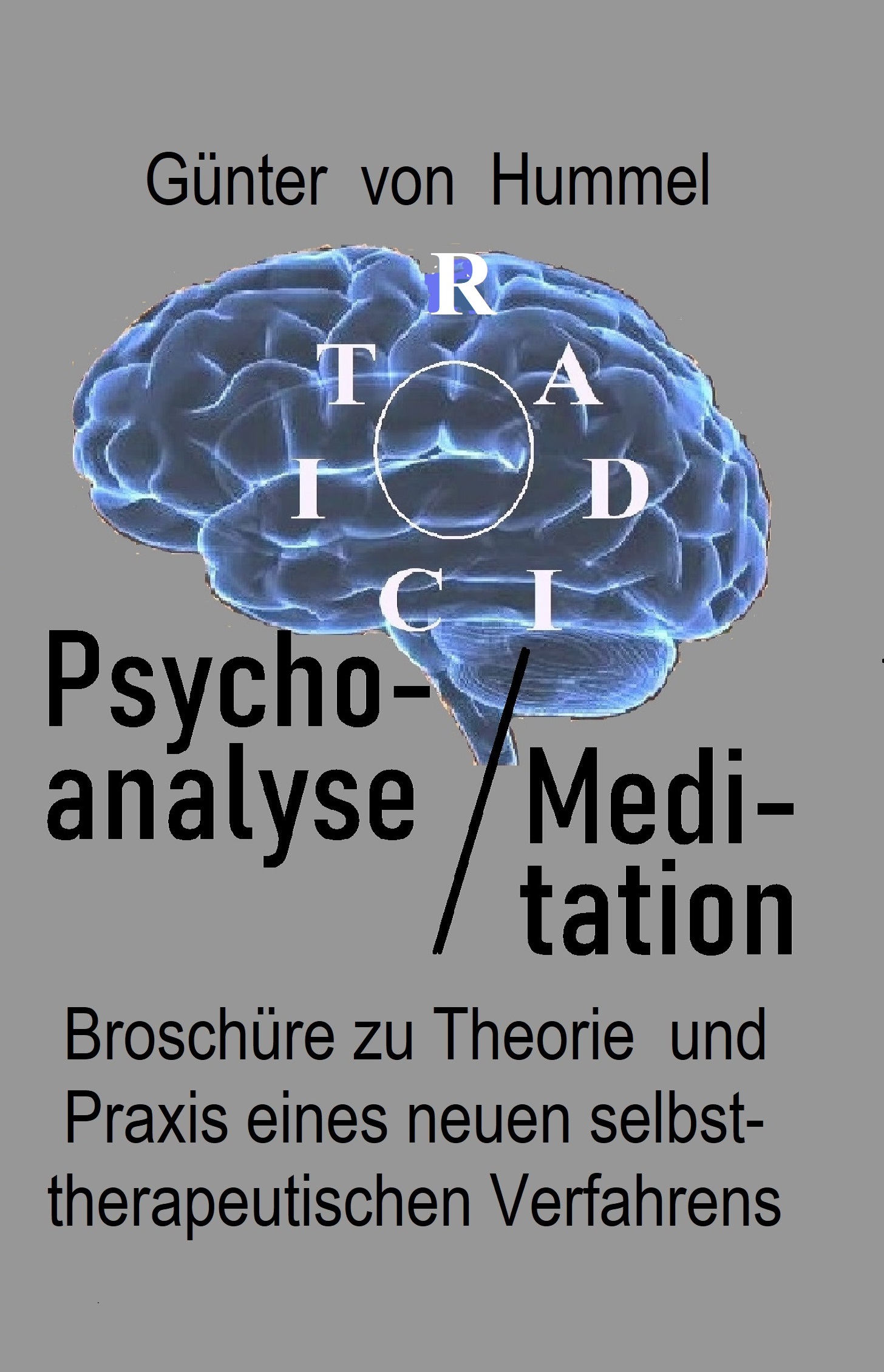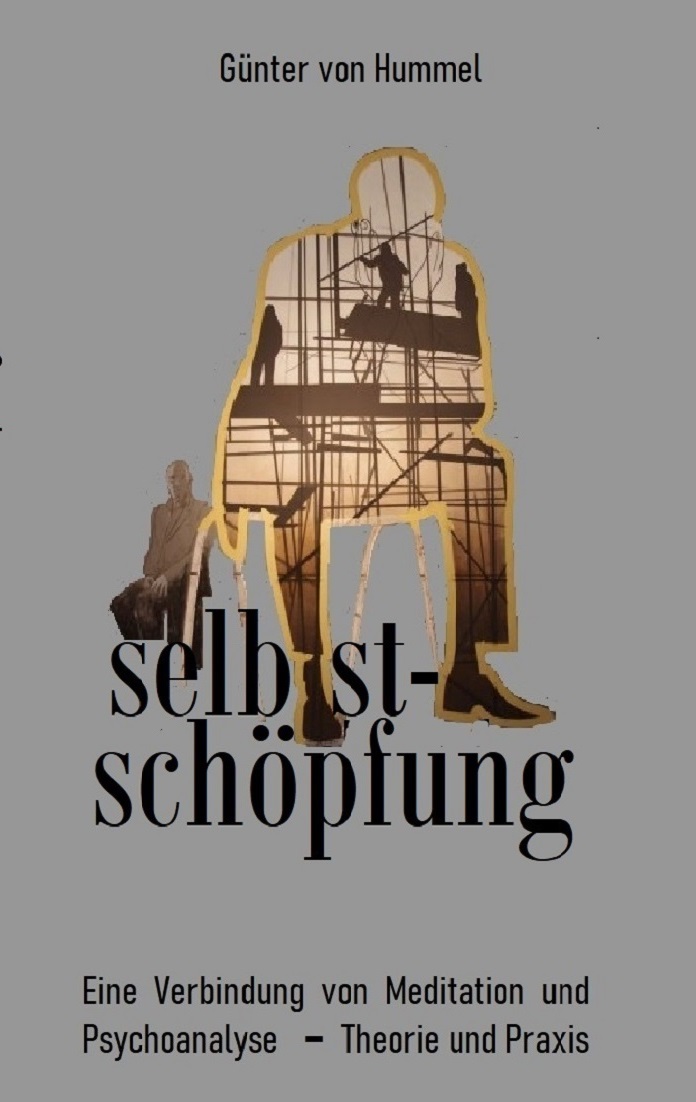Subsequently, I could say: what is left and right is a case of mathematic, grammatical or flattened articulation. I could say: right concerns correct, etymological. Right is straight, directed. In imagination, or mental dissociation, right is found on the right-hand side in the head, right in symbolism.
We are not able to just start at finished 'right' reality, even though reality may be finished, because 'reality' and 'finished' are made of the likes of symbolism / imaginary, and originate where we imagine / say right or left to be.
Originating from the SHINES / SPEAKS. For someone who practices SHINES / SPEAKS, or has capabilities to permeate it, appropriate it, indeed, to even become it, such a person no longer has a problem in saying left to what is right, and vice versa, right to what is left. Such a person is in Sach Kand, has brought his analysis to an end which consists of the other merely being a pure structure, or scaffold (teacher, stranger, the Other with a capitalized O, 'assignment', or SPEAKS) in the unconscious as well as the Other's attention, or stroke of cognizance, of revelation (SHINES).1
Valid for such a person is: a tri-unity of reality, symbolism and imaginary - all consistent in itself. But prior thereto dual dimensionality is required as the actual dimension of erection, with which we are again at our 'attention' and at the Other's 'assignment', at the O / O. Of course, "hearing", the "phoneme" of the Speaks can also be explained with the lefthand orientation of the speech center, which resonates in the right-hand side of the head. However, such neuroscientific explanations are usually just lesser important parallel aspects.
1 Lacan, J., Seminaire Nr. IXX, 16th of Nov. 1976
Editor's note: Also see the author's footnote: "This is exactly what we demand of psychoanalysis. In contrast to hypnosis, which originates from analysis, an analyst must listen to his patient in a way that hypnotizes him by his patient's gaze and voice. He can only find the correct interpretation in the echo-discourse and in the 'gaze-image' of his patient. Lacan, J., Séminaire Nr. XVI, session on the 30th of April, 1969"


